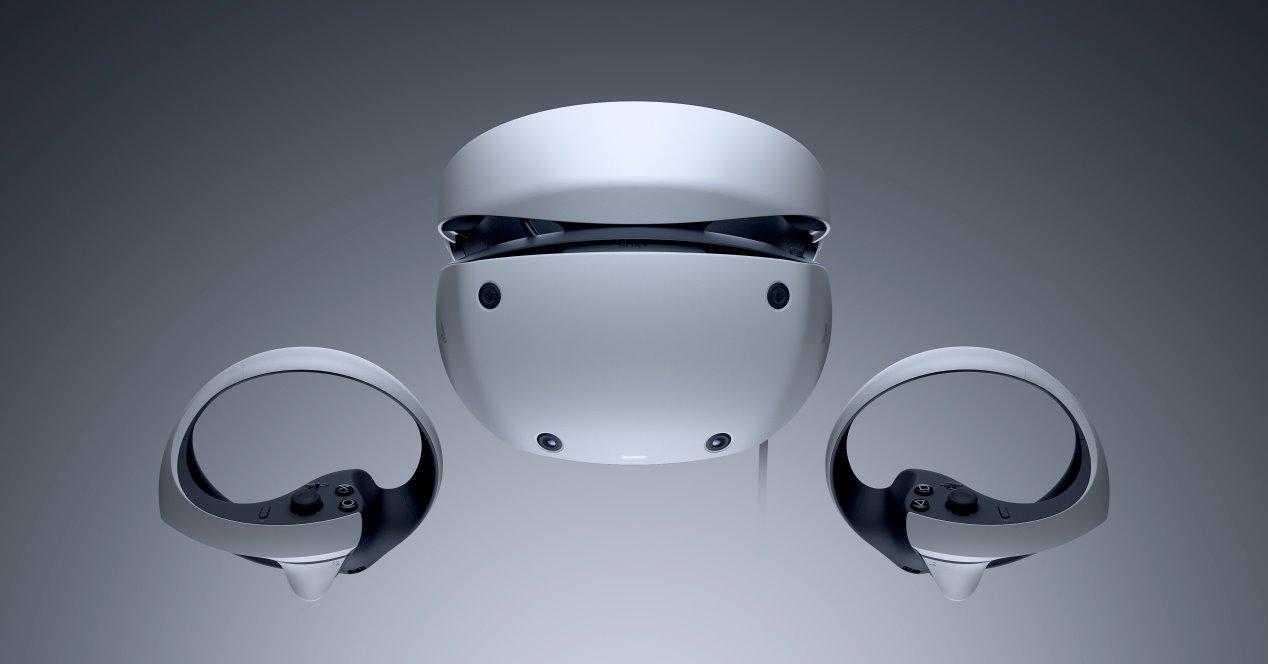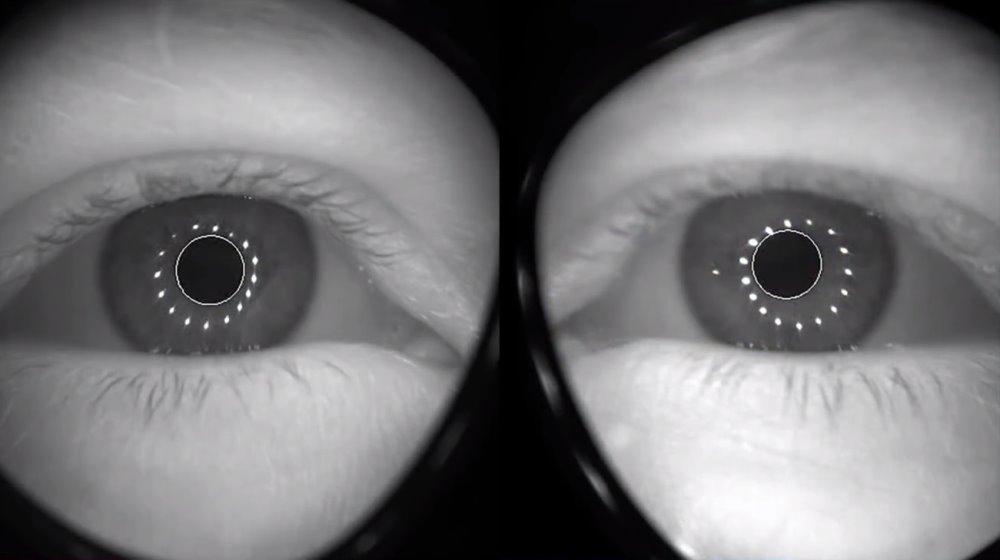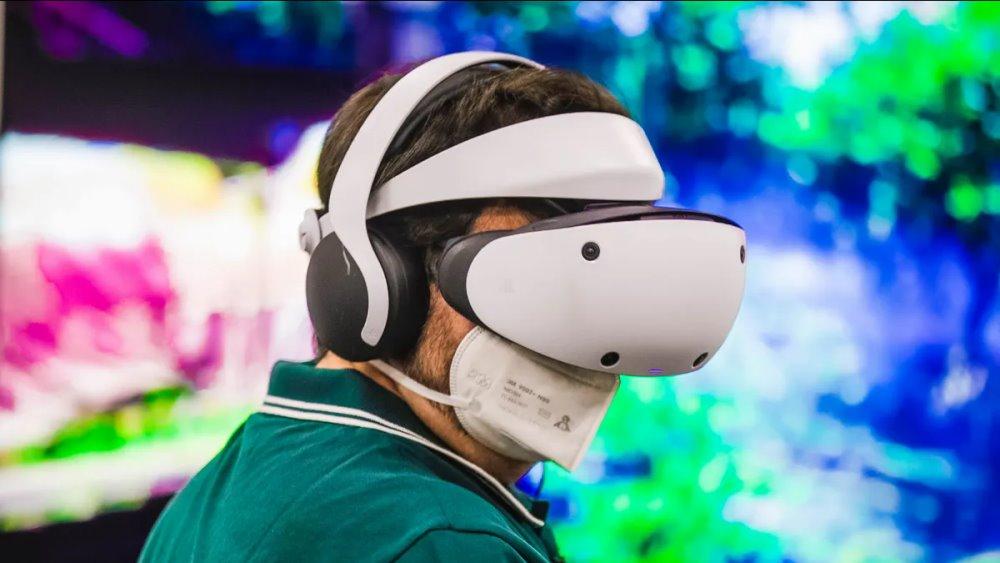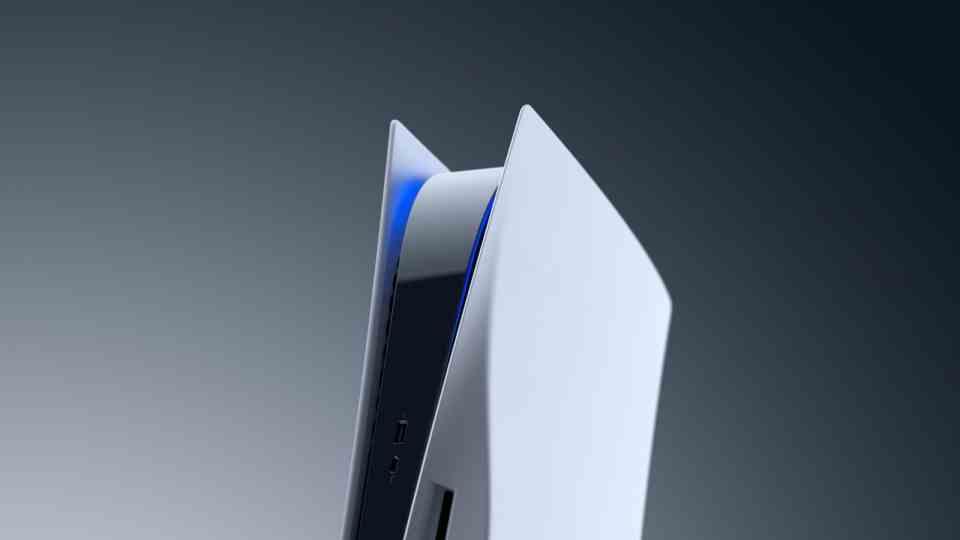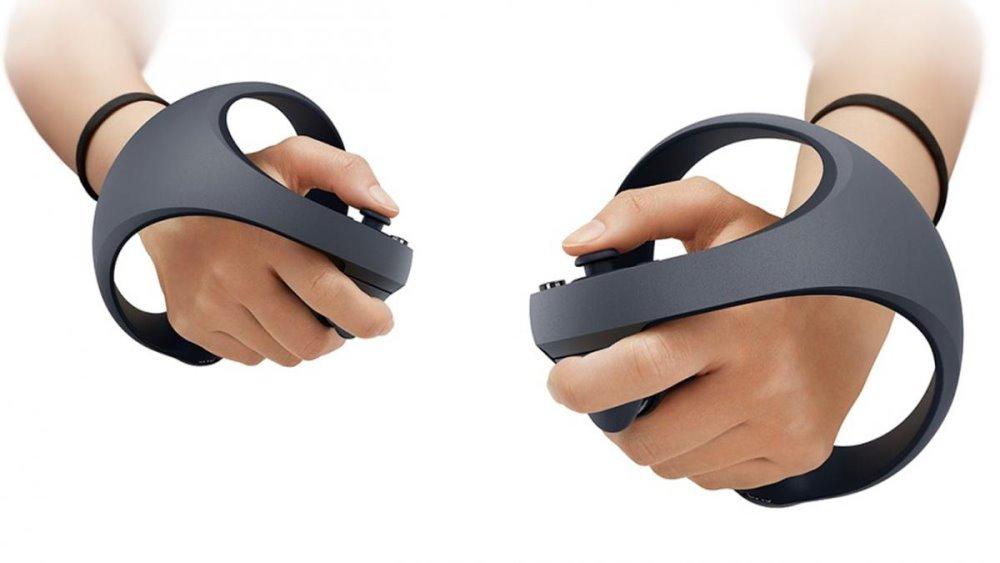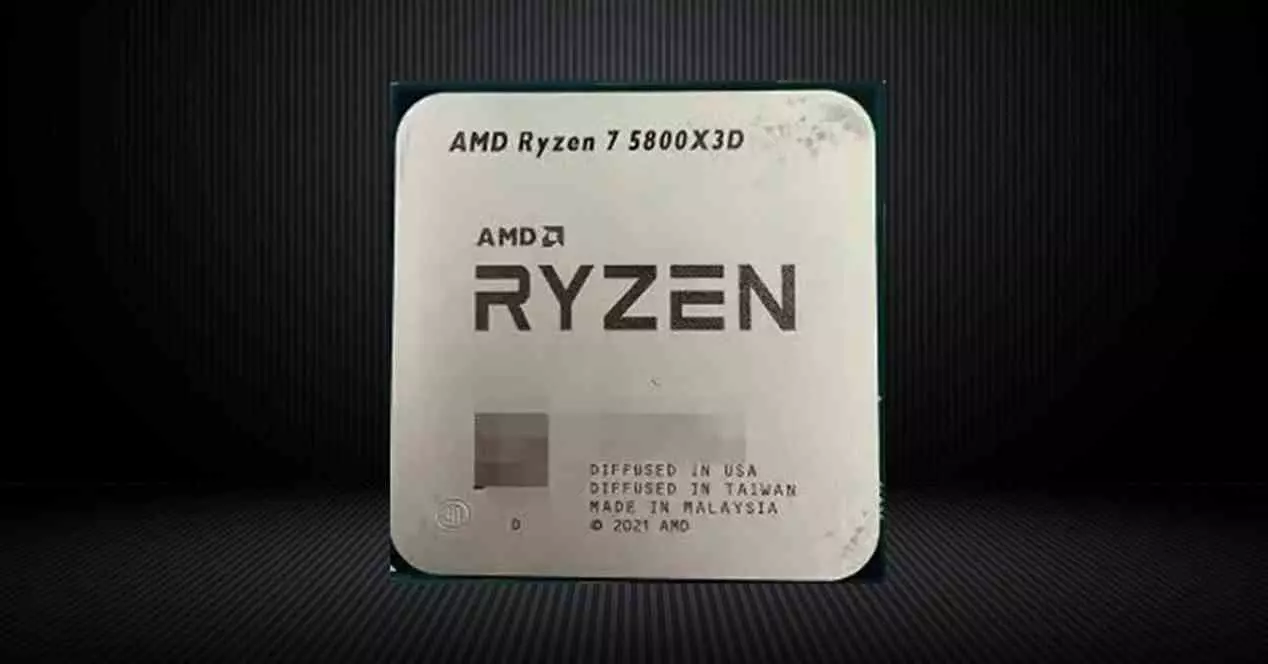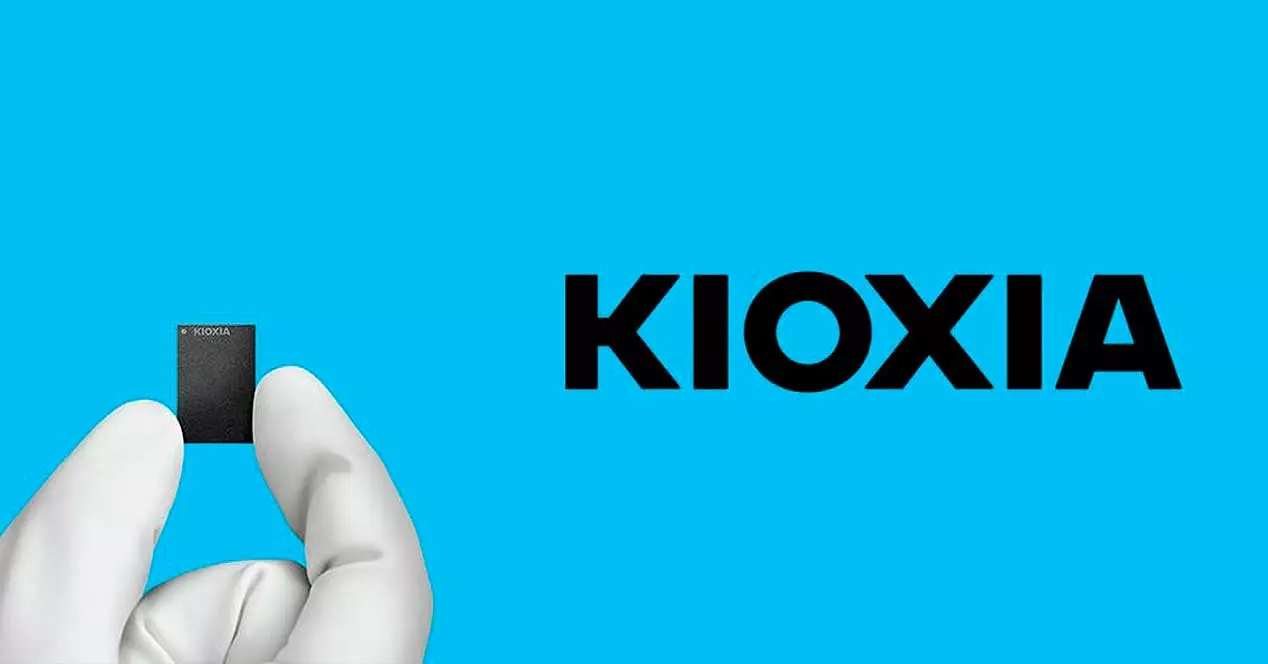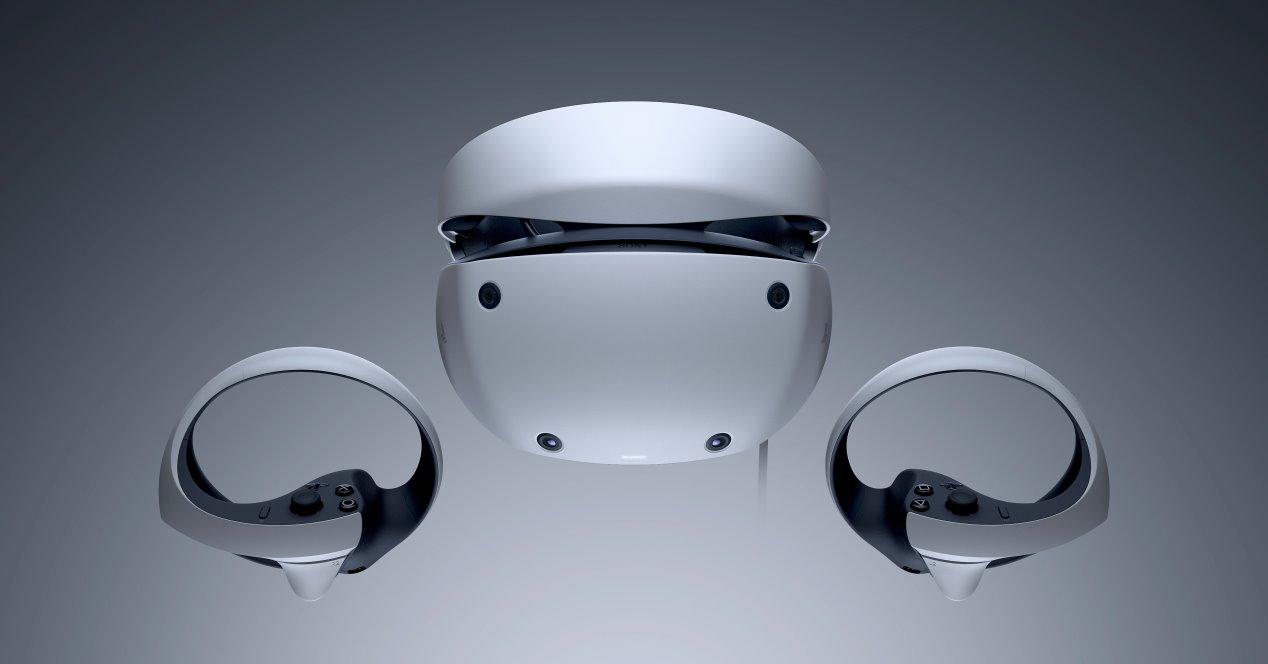
The first version of the PlayStation VR cannot be said to have been a success, mainly due to the fact that they have barely sold 5 million units in a park of more than 110 million. In other words, 1 in 20 console users have had them. On the other hand, it is a covert platform in itself, since it has its own games despite using the base PS4 hardware. That is to say, in the style of what were the failed SEGA MegaCD and 32X. Under this premise, it is normal that many companies would have given up the attempt. But PSVR 2 is proof that SONY hasn’t given up on this.
What is PS VR 2 and what are its features?
PS VR 2 or PlayStation VR 2 is the virtual reality helmet o Head Mounted Display in English, designed for exclusive use, for the time being, with PS5. So much so that cannot be used with previous generation consolesince the power of PS4 and even PS4 Pro is not enough to be able to move games at the resolutions and frame rates per second that are necessary for quality virtual reality.
Improvements over the previous generation
What we are going to describe below are the features inherited from the first PS VR that have been maintained and improved in this second version for a better user experience.
Higher image quality
Regarding the resolution, it must be taken into account that the glasses are an LCD screen with a magnifying lens on top. This causes that if the resolution measured in pixels per inch is too low, we end up seeing the intermediate space between them. It must be taken into account that the PPP will depend on the distance from the eyes, so the closer it is, the higher the density must be. And what is the best way to do it? Well, with a panel with higher resolution.
That is why the panel used is close to 4K, with HDR capacity and the OLED type. Compared to the Full HD panel of the first version. In total there are 2000 x 2040 pixels per eye compared to 960 x 1080 pixels in the first version.
Greater field of vision
Another important point is the field of vision. To think that if this is limited, it ends up creating a tunnel effect for the player. Think of it as having something that obstructs your side vision. Well, SONY has increased the field of view from 96º to 110º. So you will see much more scenario when playing the games than in the first version. Also thanks to the higher pixel resolution, the number of pixels per degree of vision has been increased.
New technologies in PS VR 2
What comes next are the technologies that SONY has implemented when designing its virtual reality glasses for PS5. Some of them come from the evolution of these peripherals in this field in recent years, on the other hand, there is one in which they have been pioneers when it comes to implementing it in the mass market. So despite the fact that it is a unit designed for a video game console, on PC it would be a high-end HMD, without a doubt.
Most of these functions are not only made possible with the different sensors, but also thanks to the processor that MediaTek has developed for this unit and that is in charge of processing the information that reaches the PlayStation VR 2 to send it to the console or any other similar device to which they will connect in the future.
Eye tracking or Eye Tracking
SONY has implemented a small and discreet internal camera that what it does is track our eyes. It is a very high frequency unit, but low resolution and this has very practical applications for VR.
- The first is Foveated Rendering, which consists of giving more resolution to the parts of the screen that our eyes focus on at all times. This allows you to save power in order to achieve a higher rate of frames per second. That is, not give more detail to what our eyes cannot appreciate.
- More precise camera tracking, after all, what we see in games is what our eyes should see and there was an imbalance in that regard. In addition, it allows each frame to be generated with each subtle movement of our eyes, making everything much smoother and improving the experience.
The implementation of eye tracking requires more power, since it is the PS5 CPU that has to manipulate the internal video and interpret it to capture our eye movement. In any case, it is not a process that requires a lot of raw power and does not affect the smoothness of the games at all.
Monitoring cameras in the unit itself
PlayStation VR required the use of a fixed external camera to triangulate our movements. However, this method has proven not only expensive but also inefficient over time and has been abandoned in the PC virtual reality world in favor of integrating cameras into the unit itself.
Well, this is what SONY has done with PS VR, since it includes four cameras that allow us to track our movements with the control knobs that come standard, in a much more precise way and preventing errors from appearing. out of the field of vision. In addition, in the future they will allow us to interact with our bare hands in certain games, which gives new levels of interactivity and an exponential improvement in the experience.
Only one cable is needed to connect the peripheral
Whereas with the original PS VR we had a mess of cables and devices, PS VR 2 for PS5 uses a single cable for all functions. Specifically, one with a USB-C Alt DP connection, which connects to the Type C port on the front of the console. The trick is that this port not only has the ability to charge your DualSense in record time, but it can also power your PS VR 2, read data from it and transmit the images generated by the console to the unit.
new drivers
SONY has ditched the use of the PS Move as a controller for VR in favor of a new symmetrical controller that comes standard in the main pack, which is appreciated given how difficult it was to find the original PS VR controllers. In addition, this means that all games designed for the accessory will make use of them.
These are based on the same technologies as the DualSense, such as haptic vibration and adaptive triggers or with Force Feedback. As can be seen in the image, each of the controls is a conventional control divided into two halves and lacking the conventional crosshead. In other words, they are similar to the rest of the virtual reality controllers that can be found on the market, which makes it easy to transfer games from PC to console and vice versa.
